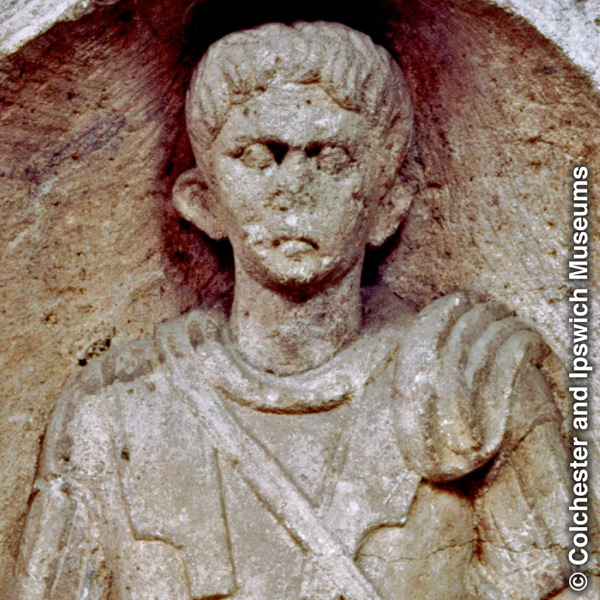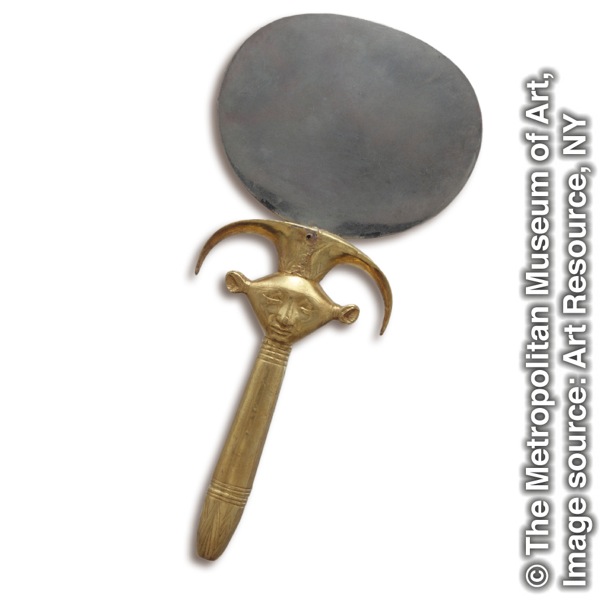The content displayed below is for educational and archival purposes only.
Unless stated otherwise, content is © Watch Tower Bible and Tract Society of Pennsylvania
You may be able to find the original on wol.jw.org
DID YOU KNOW?
What was the role of a centurion in the Roman army?

Stela of centurion Marcus Favonius Facilis
The Christian Greek Scriptures make a number of references to Roman centurions. The army officer who oversaw Jesus’ execution held that rank, as did Cornelius, the first Gentile convert to Christianity. The officer who was to oversee the apostle Paul’s scourging and Julius, who escorted Paul to Rome, were also centurions.
A centurion normally commanded a century, which consisted of between 50 and 100 foot soldiers. His duties included training and disciplining his men, inspecting their clothes and equipment, and commanding them during deployments.
The rank of centurion was the highest that an ordinary soldier could reach. Those who filled this office were career soldiers who had to be good leaders. The discipline and efficiency of the Roman military machine depended on them. According to one source, centurions “were often the most experienced and best-informed men in the army.”
How did mirrors in Bible times differ from those of today?

Ancient Egyptian mirror
Unlike the glass mirrors of today, mirrors in Bible times were generally made of metal that was highly polished
Mirrors recovered from archaeological excavations in and around Israel have usually been found with jewelry and other items of feminine adornment. Typically, those mirrors were circular in shape, with an ornamented wood, metal, or ivory handle, which was frequently shaped like a female figure. The mirror’s unpolished face was usually left unadorned.
The reflecting ability of ancient mirrors was limited compared to that of today’s glass mirrors. This likely explains what the apostle Paul was referring to when he said: “Now we see in hazy outline by means of a metal mirror.”